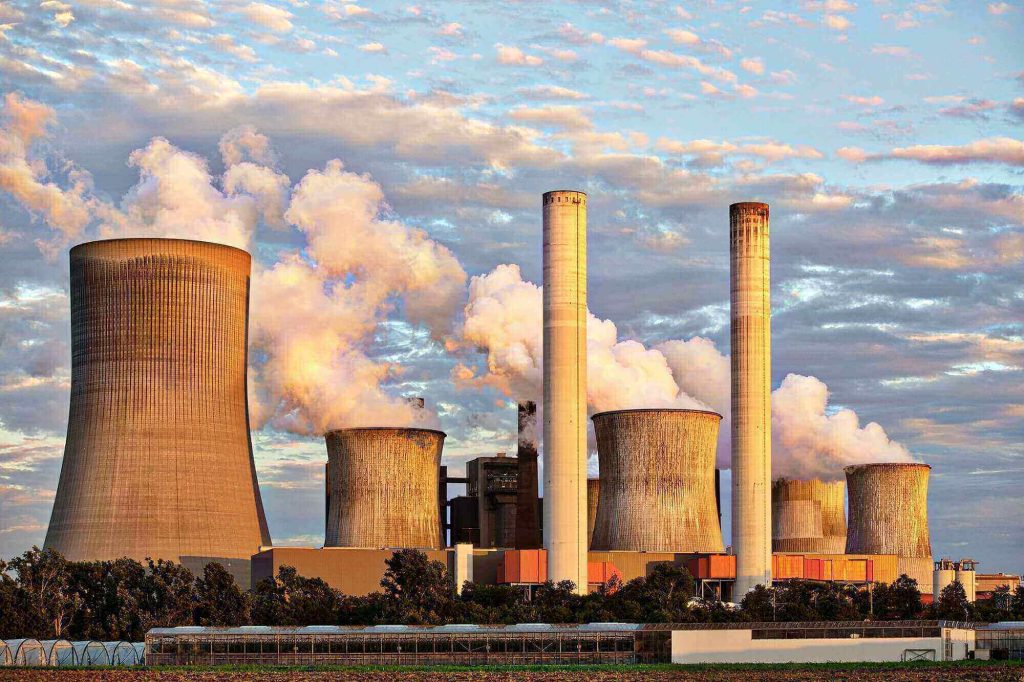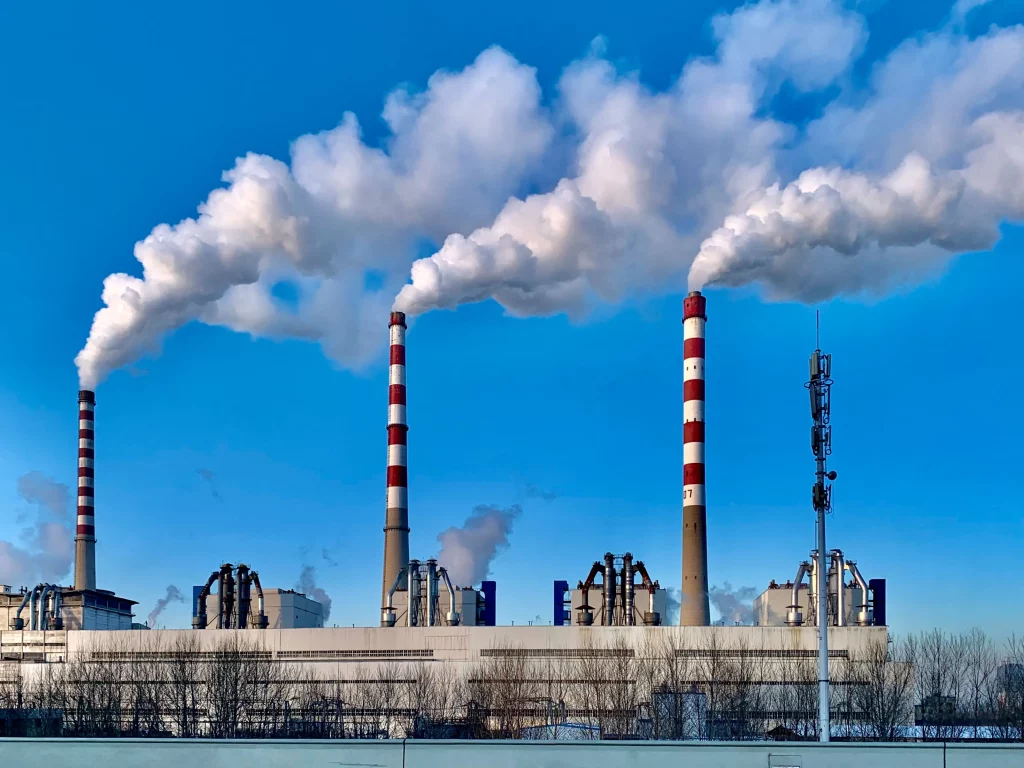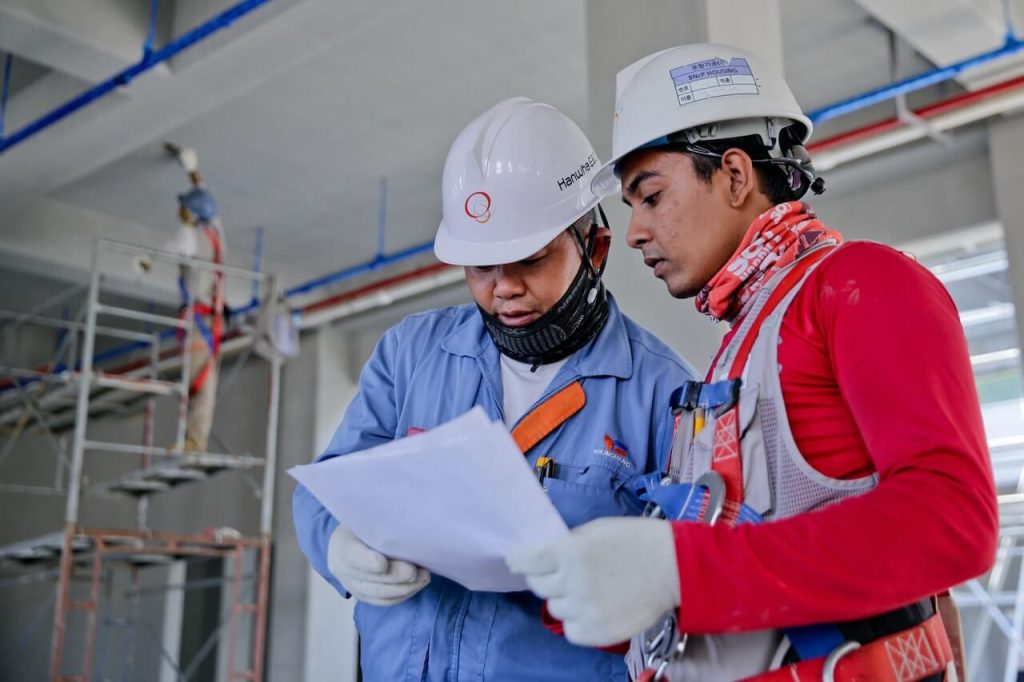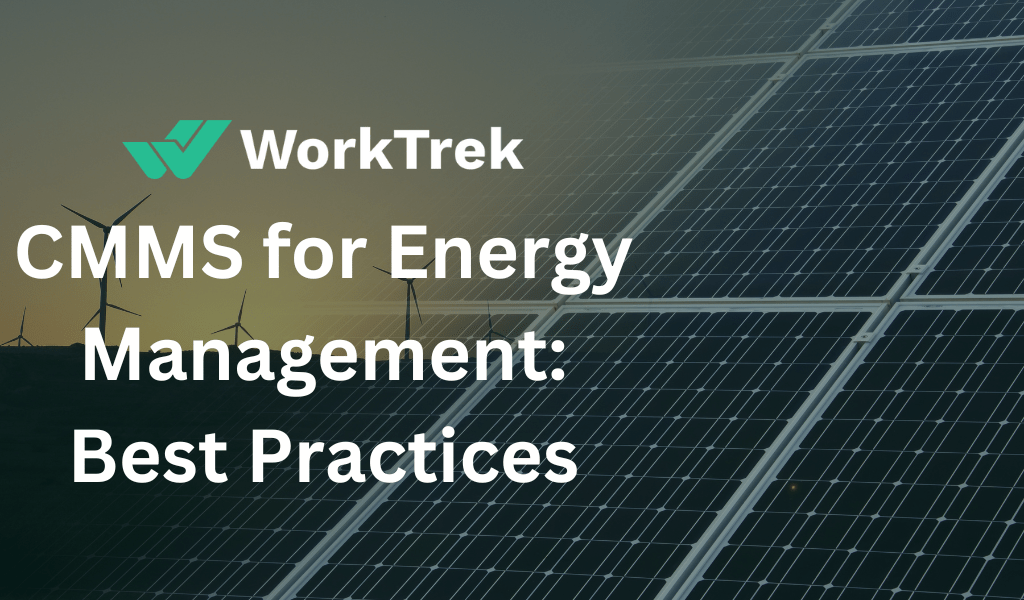Get a Free WorkTrek Demo
Let's show you how WorkTrek can help you optimize your maintenance operation.
Try for freeEnergy management today represents one of the most significant application sectors of engineering.
By critically analyzing this area we can understand how important it is for companies and how efficient it can be in terms of results and benefits that organizations can draw.
CMMS is software that can help with overall energy management.
Learn more about how CMMS software can benefit your business.
What is Energy Management?
Energy management is the control, influence, and monitoring of energy consumption in a building or business.
It can help you reduce energy consumption. This is done by mapping energy flows and then implementing energy-saving measures.
Energy consumption is an important cost factor for businesses. After labor and material costs, companies spend the most money on energy. At current energy prices, this percentage will only increase.
Read more about how can CMMS software save you money.

The Benefits Of Energy Management
Energy management can reduce energy consumption. This has several advantages.
Save on energy costs
Energy prices were already soaring, and the war in Ukraine made them even more expensive. As a result, more and more companies are struggling with profitability. Energy management can reduce these enormous costs.
Compliance
The European Union’s “Green New Deal” has led to an increasing number of laws and regulations on energy consumption. Consumption standards are becoming more stringent in response to climate change.
As a result, mid-sized businesses face more rules and regulations.
Therefore, implementing energy management systems and related energy management systems can make it easier for companies to comply with regulations.
In addition, solid energy management helps fulfill corporate social responsibility. By reducing energy consumption, you contribute to a healthier planet. Today, many customers want their business to be climate-friendly.
The Functions Of Energy Management And The Digitization Of Maintenance Processes
By energy management we mean all those processes dedicated to the effective management of energy to reduce consumption and increase efficiency of use.
The savings that are obtained by implementing energy management processes are mainly due to the introduction of digital technologies typical of Industry 4.0. IoT (Internet of Things), CMMS software, and industrial automation systems.
The birth of the smart factory based precisely on IoT and real-time analytics. It will determine the increase in energy efficiency and change the relationship with customers and business models.
Therefore equip the smart factory with important tools to start efficiency processes both from an energy point of view.
In this way, habitual waste will be reduced. Inefficient equipment will be replaced with others that will be equipped with innovative technologies capable of preventing future damage.
Learn more about CMMS Facility Management.

The main activities on which the energy management process is based are four:
- analyses
- monitoring
- data collection
- management
These four functions ensure efficient results allowing you to obtain significant benefits with great savings in terms of resources.
To carry out these functions which aim to ensure the prevention of damage, the energy management department will have to make use of:
- CMMS for Energy Management that ensures precision and facilitates the procedures implemented during the maintenance phases.
- the figure of the energy manager. A highly qualified professional who coordinates and manages departments and resources efficiently, cooperating for the success of the company.
The use of CMMS (Computerized Maintenance Management System) therefore helps to optimize the use of machines, anticipating failures, maintenance operations of plants and physical equipment such as vehicles, machinery, infrastructure, communications, and other types of assets.
Next, read about how CMMS software can reduce downtime.
CMMS for Energy Management: Why is it important
These systems adapt to different industrial sectors, where the implementation of the physical infrastructure assumes fundamental importance for all sectors; from manufacturing, and energy to construction and transport, etc.
The fundamental aspect of a mobile CMMS software therefore lies in its database: a data model capable of organizing and supporting the various phases of a system.
To do this, and determine a result, the technologies are activated to start an analysis process divided into various phases where in each of these monitoring will be performed at various levels from which data and information are made available.
With the energy management system, it will therefore be possible to detect failures, losses, or anomalies and to have information on the utilities that have been used during the work phases and the times in which production was not active.
Read also 20 benefits of CMMS for businesses

Digitalize your maintenance processes with WorkTrek CMMS!
Book a WorkTrek demo to see how a CMMS can help your business.
Try for freeThe Benefits Of CMMS: A Monitoring Software For Energy Management
The use of CMMS software allows you to reap many advantages when it comes to managing important processes such as those deriving from energy management activities.
Here are some insights:
Documentation and history management – Among the advantages, first of all, is that a CMMS system can contain any type of information regarding maintenance.
Optimization of maintenance processes – Having a large amount of data available, CMMS software will be able not only to support and optimize maintenance processes but also to provide all the data necessary to make a detailed analysis of the processes themselves, monitoring times, costs, and performances.
All this takes place thanks to business intelligence systems that analyze data and provide personalized and detailed reports.
Check out this blog to learn more benefits of a CMMS.

Transition from reactive to proactive – The derived CMMS data allows you to move from a reactive to a proactive approach so you can develop an advanced asset maintenance strategy.
Data derived from daily activities together with IoT tools can provide information from processes and assets giving the possibility to intervene in time and activate preventive measures before failures occur or performance becomes obsolete.
The best CMMS software can automate most of these processes ensuring that work orders are managed. They are assigned to the correct personnel based on the indications provided to the system.
User resources – CMMS software makes various functions available to users, such as organizing shifts, managing work resources, and assigning tasks to specialized personnel in the sector of their application.
Archive and register – CMMS software holds an internal register capable of storing information on materials management, inventory, supplier management, order tracking, report generation, analysis, and verification of all maintenance categories.
Next, read how employees should be trained for CMMS.

Energy and Power Maintenance Management Challenges
The power and energy industry faces maintenance management challenges for power plants and wind turbines.
Generate safe energy at all times
The operation of nuclear, coal, hydro, and steam power plants requires rigorous procedures. They need to stay online and continuously produce efficient, safe energy. This requires careful maintenance management with consideration for public safety, the environment, and the protection of factory workers.
Equipment must be monitored regularly
Maintenance of equipment, especially wind farms, is more challenging than nuclear power. It requires continuous or frequent monitoring of machine conditions and maintenance accordingly. Workers in this industry adopt best practices from other industries such as industrial manufacturing, mining, and natural resources. The aim is to plan the necessary preventive maintenance measures for wind energy professionals at appropriate intervals.
Continuous inspection
Since plants in the power and energy industry must be in operation at all times, continuous inspections of power plants and wind turbine equipment are essential. These checks ensure that parts are lubricated and system connections are made. They also ensure that necessary repairs are found and made before it develops into an emergency.
Security and Regulatory Compliance
Another challenge in power plant maintenance is meeting regulatory compliance standards, including the Occupational Safety and Health Administration (OSHA), Environmental Protection Agency (EPA), and Federal Energy Regulatory Commission (FERC) standards. This is a challenge as technology in this industry evolves rapidly. What is relevant now may not be relevant anymore in six months to a year. Regular checks for new requirements and ongoing further training in the field are crucial.
Learn more about how to develop a plant maintenance plan.

Control Of Energy Expenditure With A CMMS
Energy consumption has long been an indispensable focus of attention at all levels of our society. The impact we have on our planet has become a growing concern and our energy consumption represents a significant part of the ecological impact on our environment. In addition, in our country, we have been able to observe that the cost of energy has been constantly increasing, in recent years, until it has become a hot topic in the media for months, which makes it another strong argument for regulating and optimizing our consumption.
Fuels, gas, and especially electricity are subjects which have often made the headlines and which must be tackled on different fronts. It is also something that concerns us whatever our field of action.

Maintenance as a solution
The value of good maintenance as an energy efficiency tool in the planning of such a strategy should be highlighted. Ultimately, the costs of maintenance, energy, or upkeep as such represent a very high percentage of the life cycle costs of facilities and infrastructure.
This is why it is necessary to have good maintenance mechanisms, automating recurring preventive maintenance and minimizing the need for corrective maintenance. Not only to avoid deterioration and additional replacement costs but also to reduce the energy consumption of our facilities. By ensuring that all elements operate in their optimal state and without overheating, poor cooling, stagnation or any other incident that ends up causing overconsumption and, therefore, cost overruns.
If maintenance is carried out correctly and if we record the necessary data, we will not only reduce energy costs thanks to the proper functioning of our devices. We will also have the information necessary to research possible improvements in our systems and further optimize our installations.
CMMS solutions, tools that integrate all equipment inventory, maintenance flows, personnel, and work orders into a single environment, have already become very popular. However, today, to stop there is to deprive oneself of the possibility of optimizing the energy efficiency of assets.
Consider reading, CMMS for Healthcare Facilities.

Conclusion
Reduced downtime and lost productivity in today’s fast-paced energy production environment, CMMS software is critical. CMMS systems often include advanced functionality not only for asset tracking, but also for job scheduling, labor costs, and inventory tracking. It also helps maintenance teams keep detailed records of their equipment and assets.









